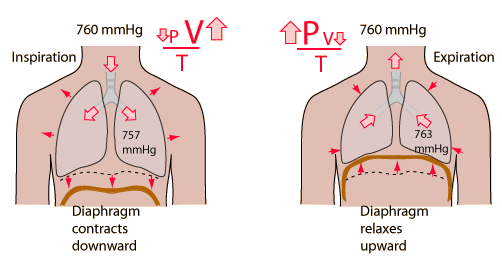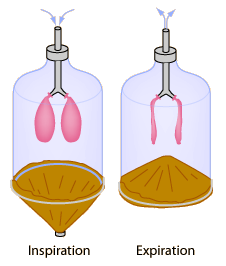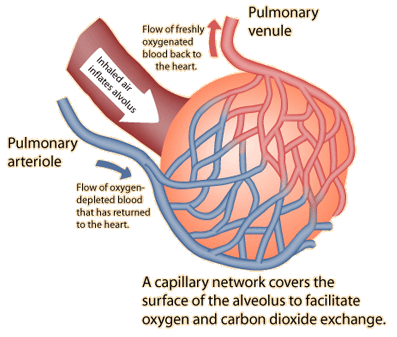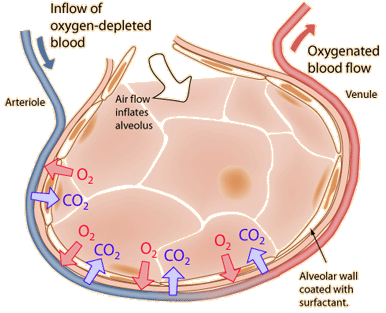Respiration
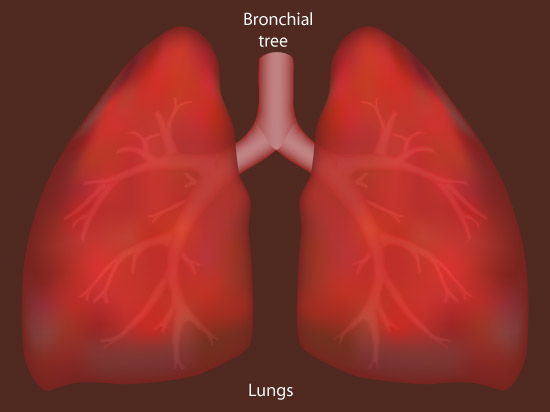
| By "respiratory system" we usually mean the passages that transport incoming air to the lungs and to the microscopic air sacs called alveoli where gases are exchanged. The term respiration refers to the whole chain of processes from the inhalation of air to the use of oxygen in the cells. | 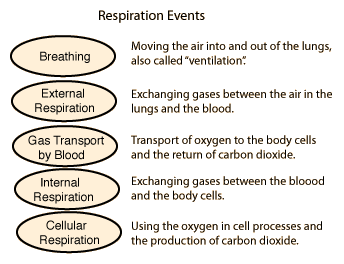
|
Reference
Audesirk & Audesirk
Ch 28
Shier, D. et al.
Ch 19
| HyperPhysics***** Biology | R Nave |
